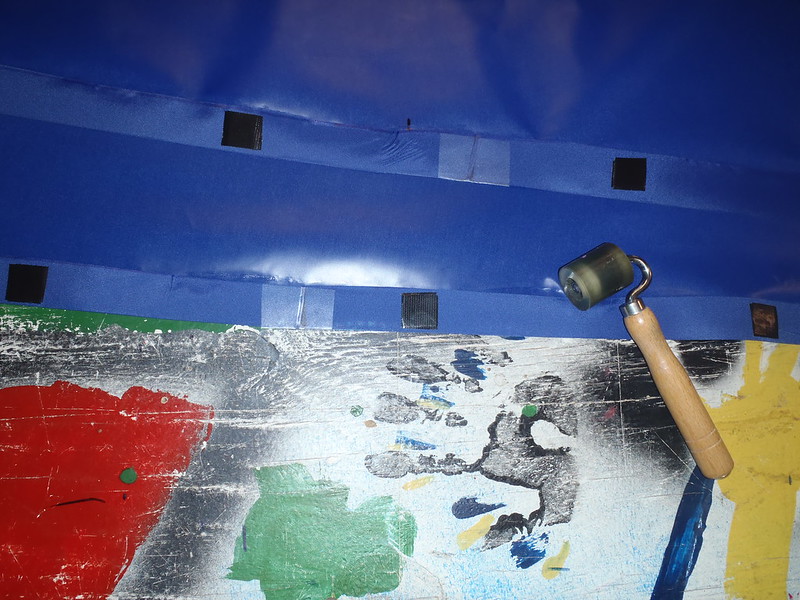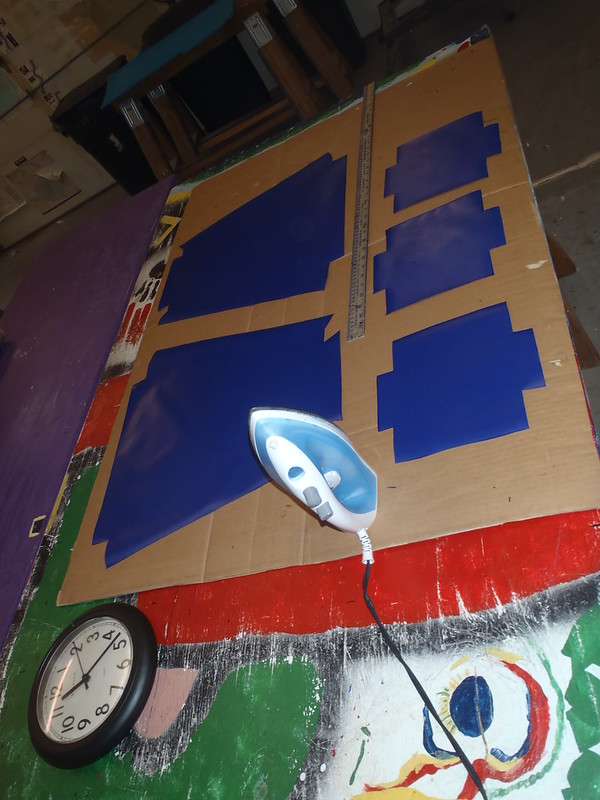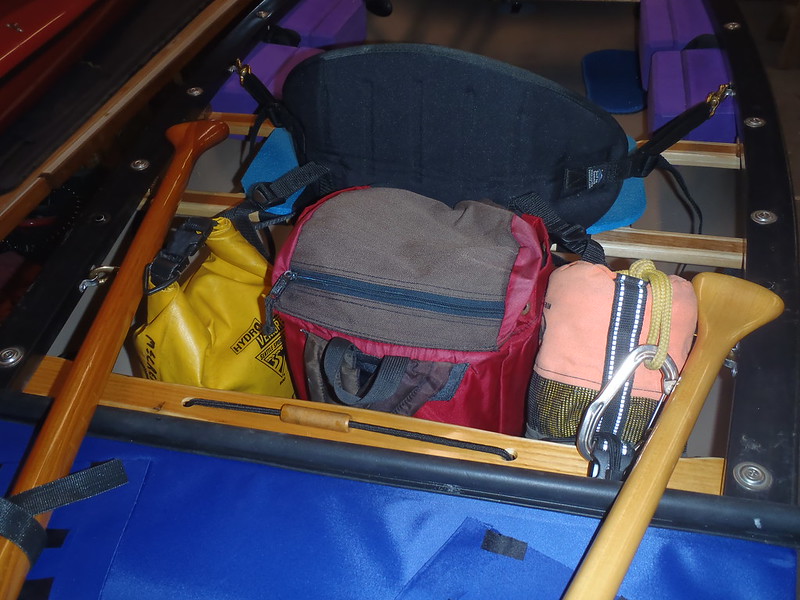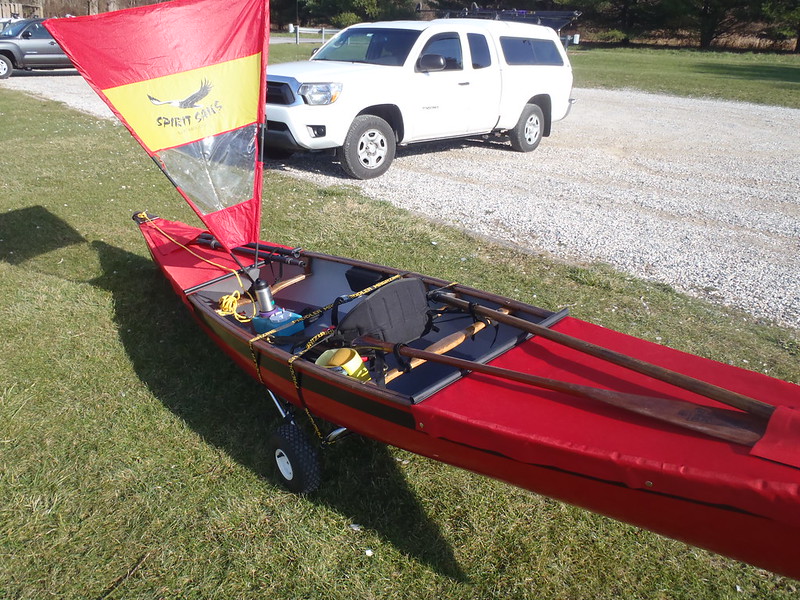Mike, I really like the idea of leaving space behind the seat/ rear thwart for gear and throw bag. There's far more positive reasons for the space than for the extra cover of 8-12 inches. Having never used even a partial covers I'm sure I'll see improvement.
Jeff
Jeff





























